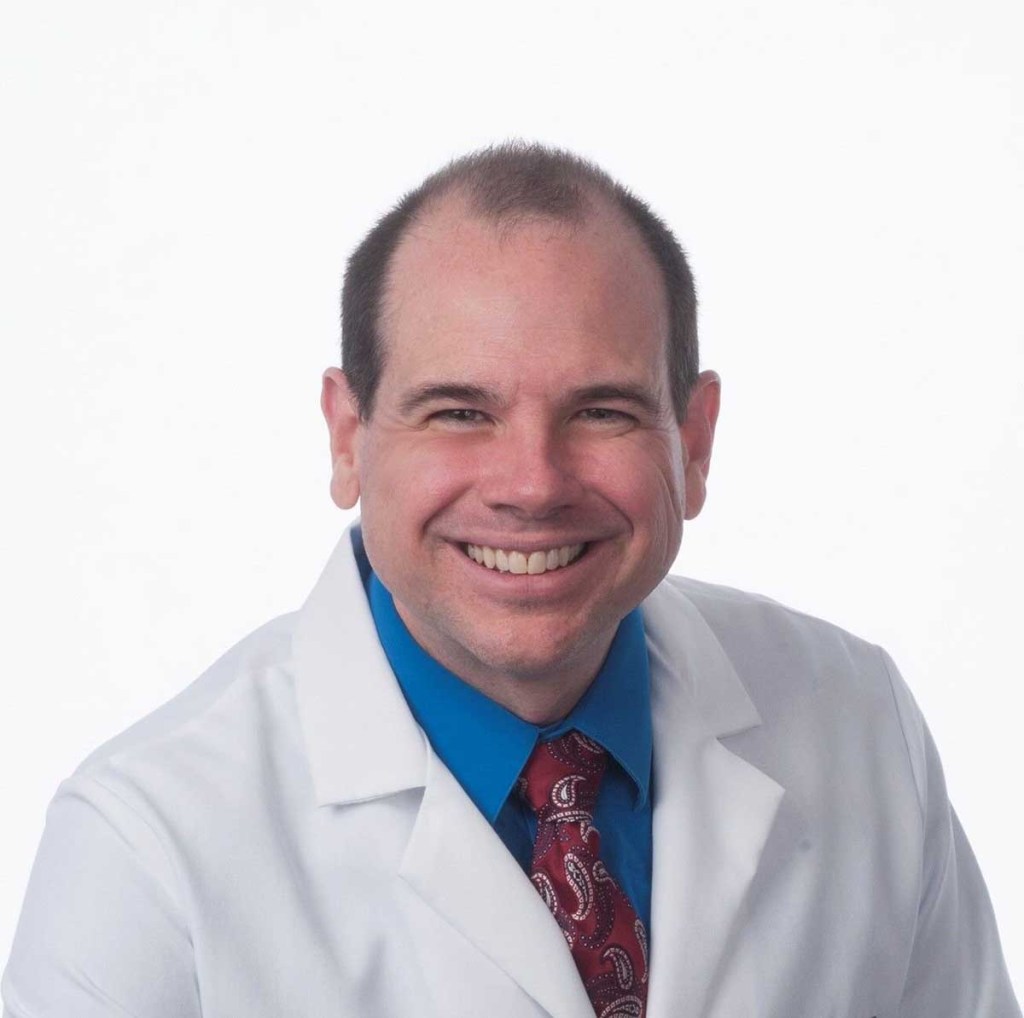Study shows effectiveness of AI tools in predicting dementia
Published 9:47 am Sunday, September 17, 2023

- Dr. Glen R. Finney, a Pennsylvania-based neurologist, has a grim assessment of the state of existing infrastructure to treat and care for dementia patients: “The state is poor.” Courtesy photo
An 18-month study on the potential effectiveness of an artificial intelligence (AI) tool in the detection of cognitive impairment demonstrated the effectiveness of AI tools in detecting undiagnosed dementia, according to officials with a health system in Pennsylvania conducting the research.
Dr. Glen Finney, director of Geisinger’s Memory and Cognition Program and a board member of the Greater Pennsylvania Chapter of the Alzheimer’s Association, and Dr. Yasser El-Manzalawy, principal investigator and assistant professor of Population and Health Sciences at Geisinger, said the study included medical files from approximately 40,000 patients, including 8,000 diagnosed with dementia. The results showed the AI model “reliably predicted” patients with dementia and mild cognitive impairment (MCI).
Trending
“This study was proof of concept,” said Finney. “We were using data looking back in time that was already existing. It has the potential in the future to have a significant impact on patients and families. The next step is using it prospectively, as a look-forward tool to identify people in real-time to see if we can find people earlier with this tool. We have proven the concept using data that already existed. The next step is moving it into real-time.”
The research collaboration studied the use of an algorithm trained on a set of de-identified patient data to identify individuals likely to have Alzheimer’s disease or related dementias (ADRD). The algorithm, known as a Passive Digital Marker (PDM), was developed and tested by researchers at Purdue School of Engineering & Technology and Indiana University. The Geisinger-Eisai team evaluated the PDM in Geisinger’s de-identified dataset to determine its potential to detect cognitive impairment, which may suggest early signs of dementia up to three years before the official diagnosis.
The number of people with dementia is growing substantially; more than 55 million people worldwide are living with dementia, and this number is expected to increase to 78 million by 2030. Accurate diagnosis remains a barrier to early and effective treatment; research reviews estimate that between 40 and 60 percent of adults with probable dementia are undiagnosed. Early detection, diagnosis and treatment of dementia protects individuals against risks from delayed or missed diagnosis and allows individuals, their families and their caregivers to plan for the future as the condition progresses, according to Geisinger.
“By validating this model, we have contributed to the knowledge in the field on how to use big data generated in electronic medical records, leveraging machine learning and artificial intelligence techniques to try to do case finding for people who are cognitively vulnerable,” said Finney. “We know people across the nation are delayed in diagnosis. There is usually not just a lag but a lack of diagnosis, or precision in diagnosis. What this does is provide a behind-the-scenes tool for busy clinicians who might not have this on their radar screen before it’s too late.”
El-Manzalawy said the technology provides a “more accurate model for early detection.” It will help identify target populations for clinical trials for dementia treatment, early intervention to prevent or slow down the onset of impairment and help patients live better lives, he said.
The results are “very exciting” in that clinicians may be able to get ahead of problems “before they start to really impact real-world functions in a significant way,” said Finney.
Trending
“It’s definitely in the right neighborhood to be considered a useful tool,” he said. “It’s not perfect. It will miss things, it will mislabel things. That’s why you always need to verify. That’s true for any test or study you do.”
The next step is to use it for real-time patient data, to identify patients, work with those patients and develop their treatment, and compare it to those who have not had the opportunity to take advantage of the same tools, said Finney and El-Manzalawy.
“We have completed the study and we are in the process of publishing two manuscripts,” said El-Manzalawy.
The team has been able to present its findings at multiple national meetings with international reach. They are continuing to explore where they can take the technology and who they can partner with to advance the field in general, they said.
“I’ve been in discussion with both national and international organizations who are interested in finding cases earlier to provide better care and have people involved in their care when they can make informed choices,” said Finney. “With the emergence of disease-modifying therapies that need to be done fairly early, everything is raising the stakes for finding these people earlier at a time when health care systems are straining under the explosion of things that clinicians and providers need to be looking at for general health. We’re upping the ability to also care for brain health.”
AI technology has the potential to transform medicine,” said El-Manzalawy.
“AI-based tools can efficiently scan massive amounts of healthcare data and identify hidden patterns,” he said. “These patterns can be used to detect diseases, like cancer and dementia, at an early stage. Our data science research team is uniquely positioned to leverage this innovative technology to develop and validate tools to identify patients with unrecognized dementia or patients at high risk of developing dementia in the future.”
AI tools such as this are a “part of the future” and only one tool of many needed to move health care forward said Finney.
“We can’t stop there,” he said. “If the only thing we ever develop is this tool, it will not actually get to the full potential. We need to move the entire toolkit of clinical care forward. Machine learning, artificial intelligence, more research on treatment, more resources for support.”






